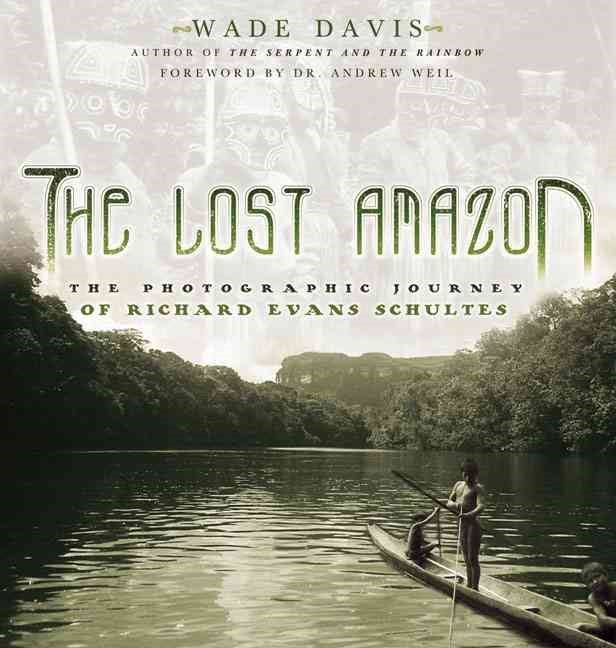Rivers have changed the course of human history, facilitating travel and attracting settlement since time immemorial. Without them, the greatest and the humblest stories of humankind could never have been told.
The following books help readers understand some of the world’s most fascinating rivers.
Since ancient times, the 4,225-mile-long Nile River has turned desert lands into oases. Thousands of years ago, the Egypt became a rich agricultural society, then a powerful empire, by controlling the waters of what its people simply called The River. Two hundred years after Napoleon invaded Egypt, opening the Nile Valley to eager adventurers, English writer, photographer and explorer Levison Wood set out on an ambitious expedition, which he recounts in a book entitled Walking the Nile. Beginning in Rwanda, Wood hiked beside the ancient river on a quest to reach Cairo, a trip that tyranny and war had made impossible for decades. Reading like a thriller, Wood’s chronicle is a mix of travel narrative and reportage, packed with flights into the frightful and absurd. Describing everything from a poor fishing village on Lake Victoria to the Cairo’s Christian ghetto and the Garbage City, Wood is a sharp observer and authoritative writer. Tracking the commonalities and conflicts that bleed across the Nile Valley, Wood brings this region to life.
Asia’s longest river, the Yangtze, flows from the Tibetan Plateau to the East China Sea, supplying water to more than 700 tributaries along the way. The Yangtze has seen human activity along its banks for millennia, at times acting as a border between warring kingdoms as well as a transportation and commercial thoroughfare so ubiquitous that it became, in essence, China’s east-west highway. Imperial palaces, canal cities and intricate temples dot its banks. Its most famous sites include the incredible Three Gorges region as well as a man-made feature in its midst: the gigantic Three Gorges Dam. In the book Exploring the Yangtze: China’s Longest River by renowned explorer and photojournalist How Man Wong, the reader follows the author as he traces the river from its foot to its ultimate source in Tibet, which he was the first to discover. Though well-written, the book is worthwhile for the photos alone, which show areas that have since been flooded by the dam as well as breathtaking shots of the river near its source. Adopting a spiritual bent, Wong waxes lyrical as he approaches the river’s place of origin, high on the Tibetan plateau.
The longest river in South America, the Amazon winds its way through six countries, over three time zones and across an incredible 4,980 miles. Nourished by its waters, the Amazon rain forest covers 2.7 million square miles, accounting for more than 20% of the world’s tropical forest. Among its plants and trees are many valuable resources, including spices, rare hardwood and extracts used to make medicine for treating cancer and heart disease. Unfortunately, human activities such as logging, mining and clearing land for crops and grazing have put the forest at great risk.
Richard Evans Schultes knew the Amazon forests well. Over decades of research, mainly in the northwestern Amazon, the Harvard scientist documented the use of more than 2,000 medicinal plants among natives from a dozen tribes, many of whom had never seen a white person before. In the book The Lost Amazon, Schultes’ student Wade Davis, a well-known anthropologist and explorer, selected some of Schultes’ photographs to illustrate his life in the Amazon, providing a visual context to the man called “the father of ethnobotany.” “The last of the great plant explorers in the Victorian tradition,” according to Davis, Schultes lived among native peoples for many years in Colombia’s Amazon regions. In addition to identifying plants useful for medicine and pharmacy, Schultes was a pioneering conservationist who raised alarms about the loss of rainforest habitat and native cultures to modern industry and farming. This was in the 1960s, long before the topics became a worldwide environmental concern.
All of these books are available from your local libraries.
A Good Read is a column by Tri-City librarians that is published on Wednesdays. Shirley Chan works at Coquitlam Public Library.



